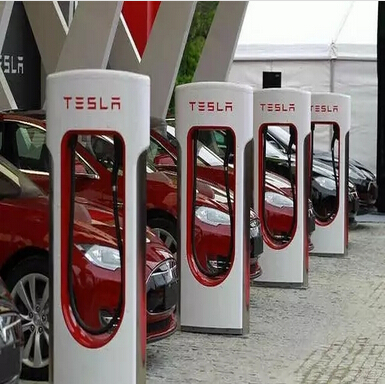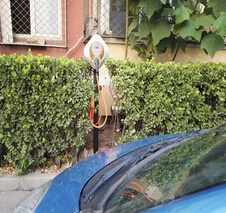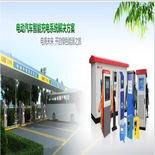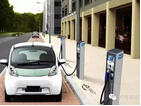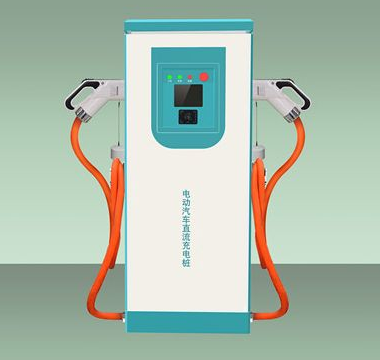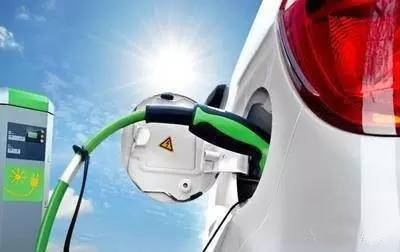Nowadays, electric vehicles have become the choice of more and more consumers. Taking Beijing as an example, the application of new energy personal indicators may be scheduled for 2023. At the same time, we should also note that there are many problems with electric cars as new things, of which charging is the most obvious one.
The data shows that as of the end of 2017, the ratio of China's new energy vehicle vehicle piles is only 3.5:1. The layout of charging facilities is still not reasonable enough, and the utilization rate of public charging piles is only 12%. From a technical point of view, the current charging short board mainly focuses on three aspects: first, the charging time is longer, and the use efficiency of electric vehicles is weakened; second, the service capacity of charging facilities is insufficient, which is mainly reflected in the difficulty of finding the charging pile. Third, the low level of intelligence is not conducive to large-scale deployment and management.
It can be said that the charging pile is the main reason that restricts the large-scale outbreak of electric vehicles. Therefore, how to increase the layout of charging piles has become an urgent task for the entire industry.
Breaking key: high-power technology
Judging from foreign experience, the foreign electric car industry to solve the problem of difficult charging, mainly through two ways: speed up the charging speed + relaxed charging standards.
Due to technical limitations, 120KW charging piles are currently being deployed in China. Taking Chongqing as an example, the city plans to construct 500 DC charging piles with a minimum of 60 kW in some stations in the main city, among which some charging piles will reach 120 KW. 2 kWh, ordinary family sedans can be filled in only 30 minutes and can provide about 200 kilometers of cruising mileage. From the point of view of charging pile companies, they are also paying more and more attention to the research and development of charging piles of 120KW. Charging pile operator Chi Chong Technology has provided C1, C2, C4, C6, C6s, C9 six charging products, of which C6s DC charging piles for the electric vehicle to bring the maximum charging power up to 180Kw, equivalent to the amount of charge per hour 1200 kilometers for vehicles to meet the intensive demand for future commercial and public charging.
Looking at the relaxation of charging standards, in January this year, the Beijing Municipal Commission of Urban Management revealed that Beijing has already completed the upgrade and reconstruction of about 12,000 new public facilities for public utility car charging facilities. After the renovation, charging piles will implement new national standards. The versatility of charging piles has been improved, and new charging stations have also met the new national standard.
In March of this year, Zhi Chong’s independently developed electric vehicle super charging station was officially delivered to the owner Fang Xiaopeng and put into operation. Xiaopeng car arrived at the Charging C9 system's charging station. The “insert gun” can be charged. At the same time, other public vehicles can share charging as they come here, without wasting the construction cost of charging stations. In addition, Zhi Chong Science and Technology has also launched the Urban Charging Partner Program, which aims to incentivize and foster charging operators with operational capabilities and resource advantages, and efficiently construct a charging service network with strong service capabilities, high intelligence, and nationwide coverage.
From a specific point of view, Zhi Chong Technology will use the company's self-developed intelligent charging piles and supporting operating systems to provide various scenarios for charging to commercial partners, host plants, travel service providers, and logistics fleets. Station Operations Solutions.

Charging pile should also be intelligent, IoT charging connection future
With the popularity of the mobile Internet and the rise of artificial intelligence, charging stations have also begun to catch the "intelligent" express train.
At present, many cities are building smart charging piles. These charging piles integrate charging, control, cloud communication, and billing functions. After the user enters the charging system, he or she can charge by swiping the card or scanning the code to take power. After the charge is completed, the power is automatically cut off, which prevents fire caused by overcharging. Payment by WeChat or Alipay scan code, no need to redeem coins.
For example, Zhi-Chong will combine WeChat with the charging pile, without any APP and plug-in download, no need to buy a charging card. After scanning the QR code, insert the tip to start charging. After it is full, the public number automatically pushes the charging information and WeChat completes the charge after payment. The public number will also remind the owner to move the vehicle and avoid delays in occupying the parking space. The mobile phone can check the charging process and can stop charging remotely. Sweep easily to make charging and parking as easy as possible.
Charging pile and black technology
Just as the city's regulators and charging operators are still planning to build a charging pile, a wireless charging revolution is coming.
In May 2017, Qualcomm announced that it had completed a trial of wireless charging in electric vehicles, adding an inductive charging device on the road so that the car can be charged while driving. Unlike most inductive charging, Qualcomm's Halo technology provides high-energy transmission across a wide range of models. With the multi-coil design, even if the charging board is misaligned with the vehicle, it can still perform efficient energy transmission.
In April of this year, the world’s first “Electrified Road” eRoadArlanda was opened in Stockholm, Sweden. This road is capable of charging electric cars and trucks in motion. The road connects the Stockholm Arlanda Airport Cargo Terminal and the Ruthersberg Logistic District, which is 2 km long and is composed of many sections of 50 meters of independent sections, charging only the vehicles travelling on that section of the road. Electric energy is transmitted from the two tracks of the road to the vehicle battery through the moving arm connected to the bottom of the vehicle.
Some domestic experts predict that the current development status of charging piles in the entire country is relatively stable, and high-power charging and wireless charging will become the main development direction of the industry. The concept of wireless charging is now also in the experiment, at least five years before it can start landing, and the real popularity of the application is estimated around 2025.
According to the plan, ZhiCheng Technology will integrate the new energy generation microgrid, plan to build a wireless charging highway in the space permitting section, and the low-battery electric vehicle will drive on the charging lane to be charged on the road. In addition, the charging road will also be equipped with an energy recovery system that converts pressure and heat into electricity. Wireless charging will be an effective supplement for high-power charging. At present, Zhirong Wireless Charge is about to end the R&D process and immediately enter the productization stage.
















 RCCN WeChat QrCode
RCCN WeChat QrCode Mobile WebSite
Mobile WebSite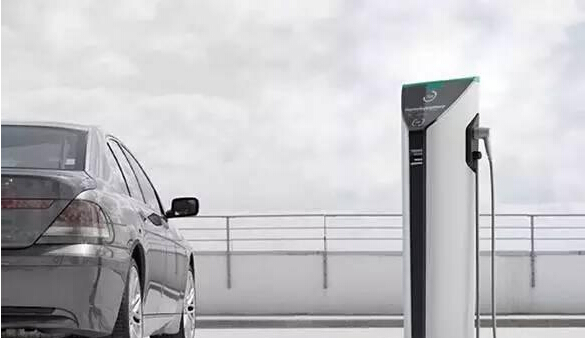
![[Charge pile principle] electric vehicle charging pile principle Secret](/upload/image/20170504/20170504090205_67304.jpg)
